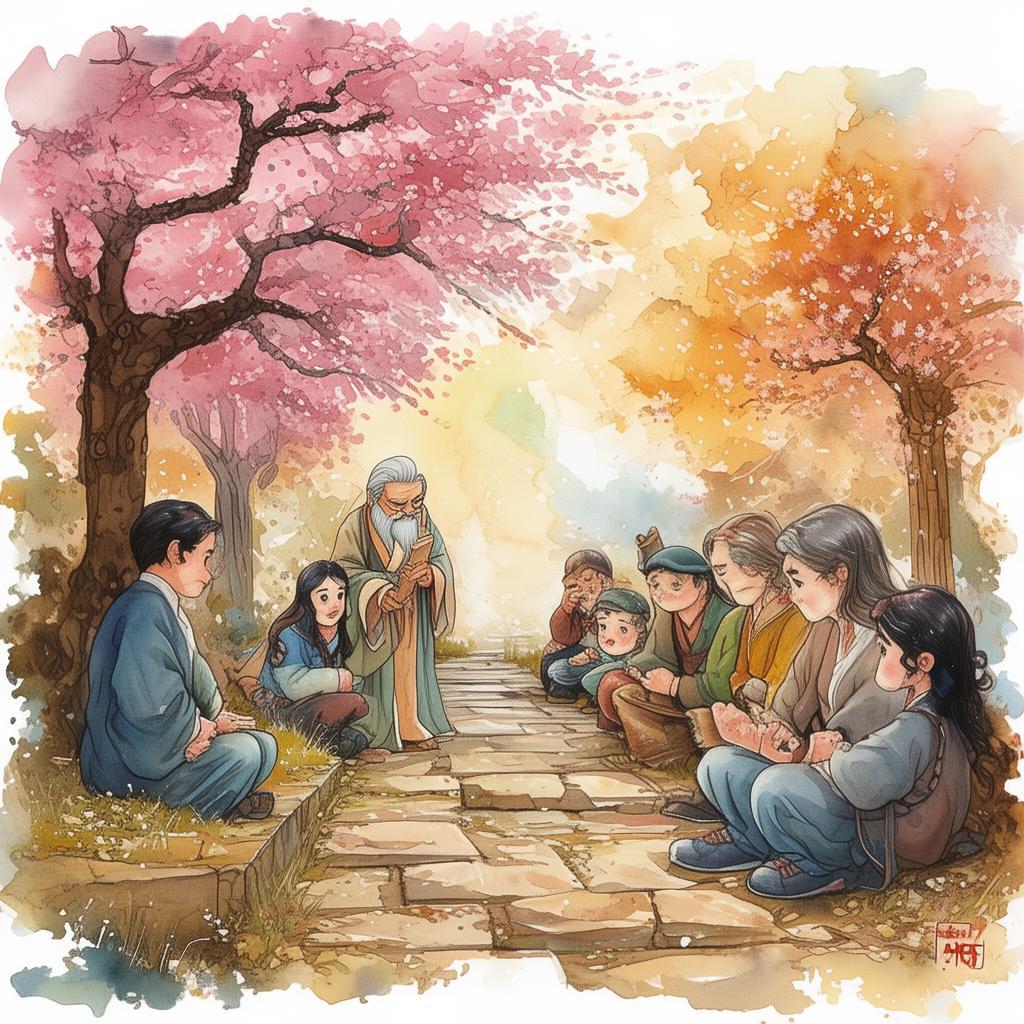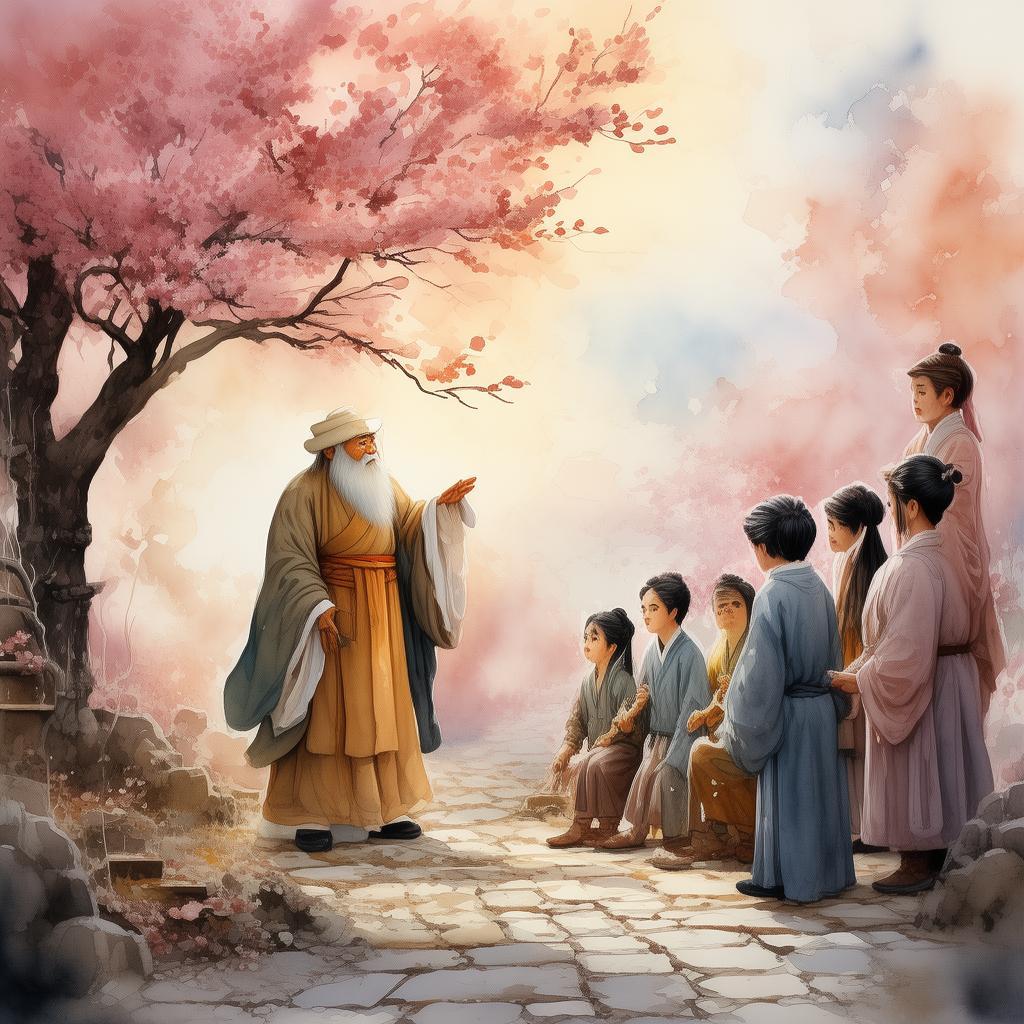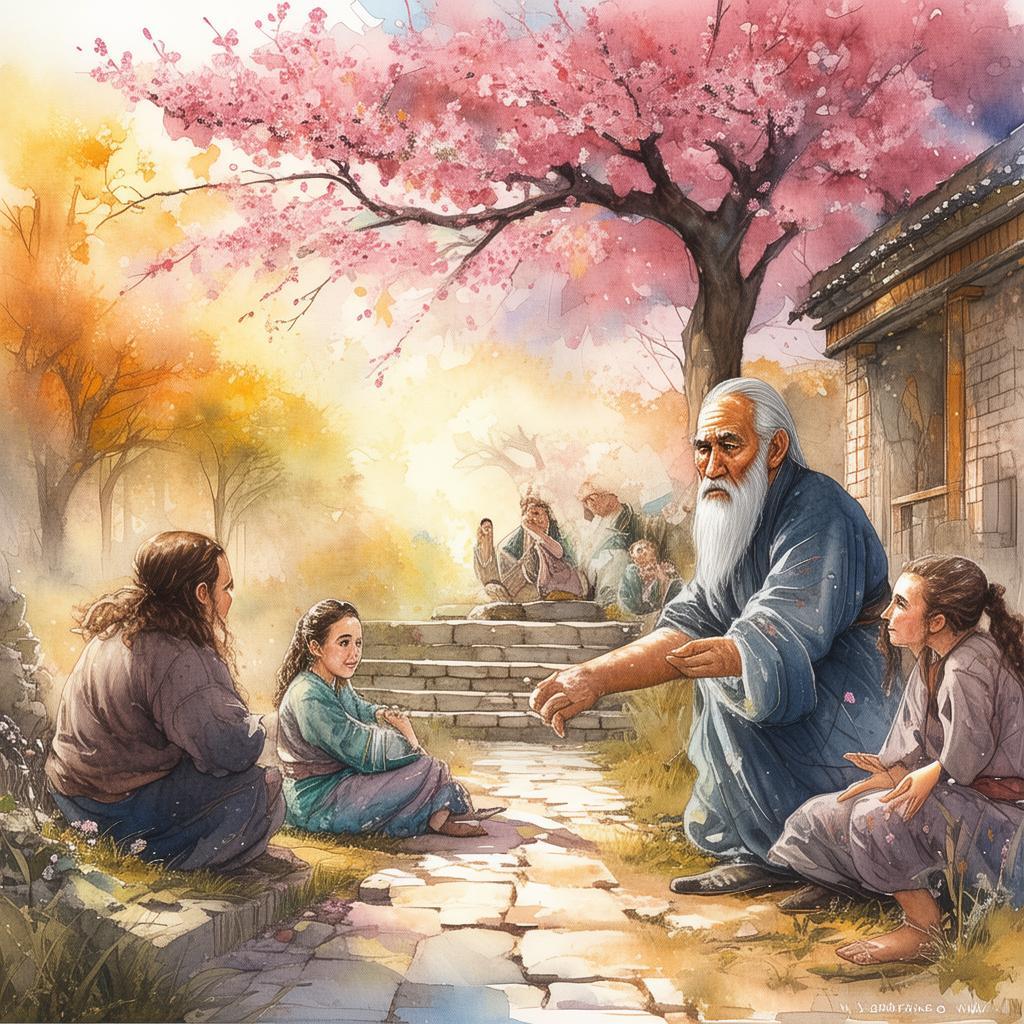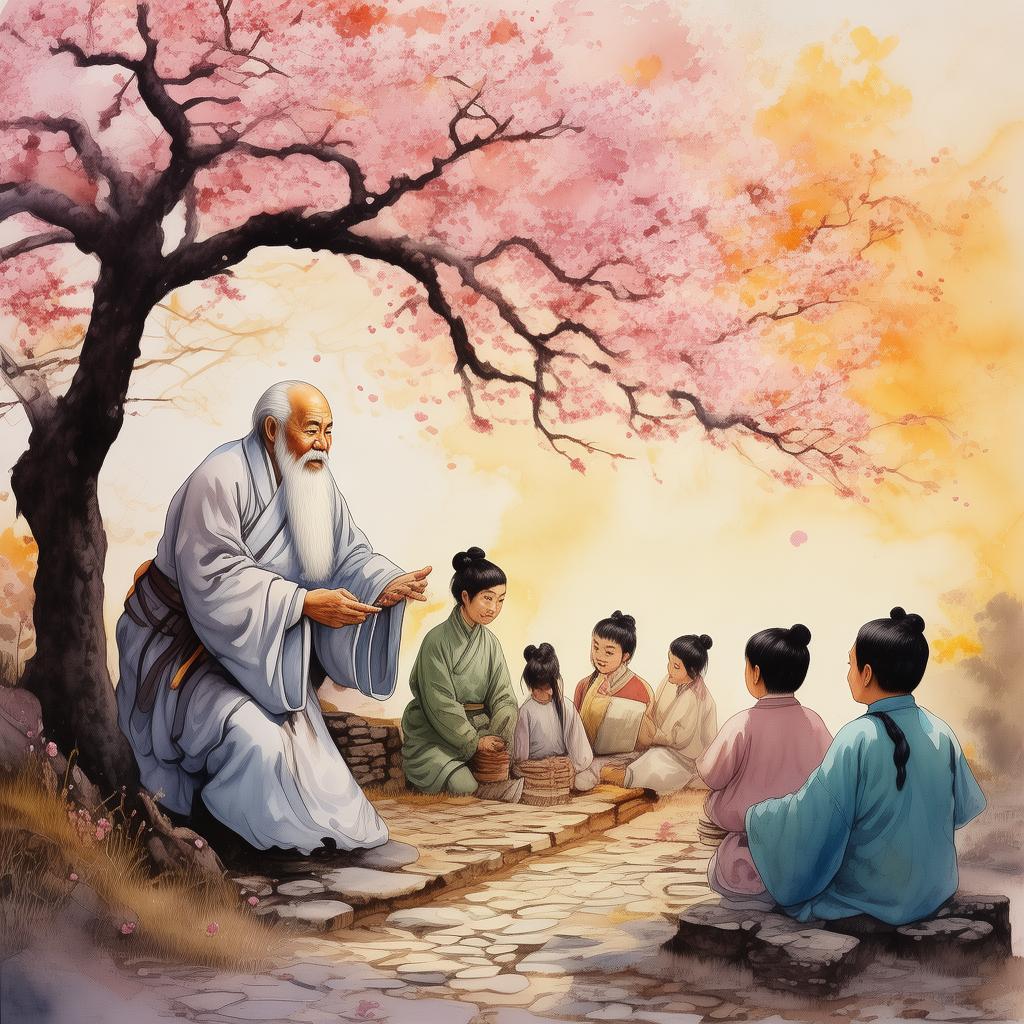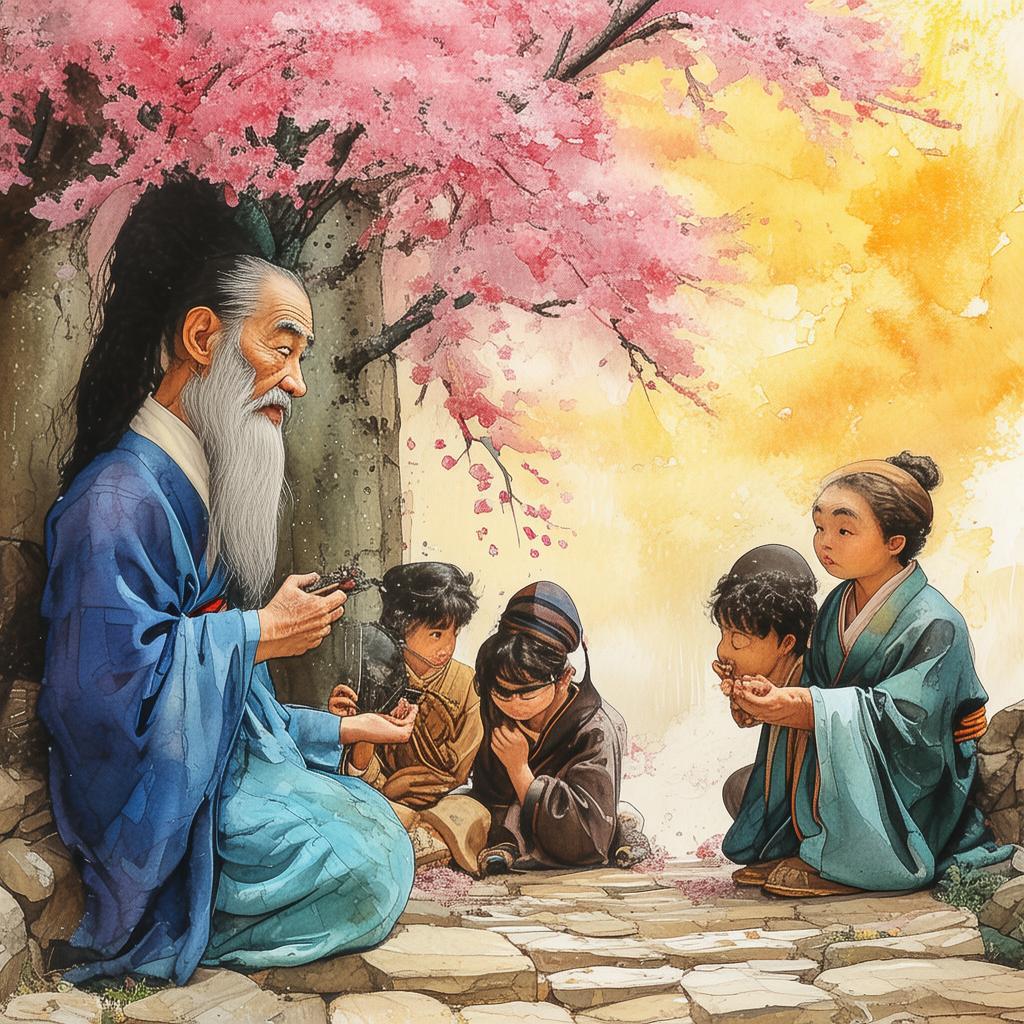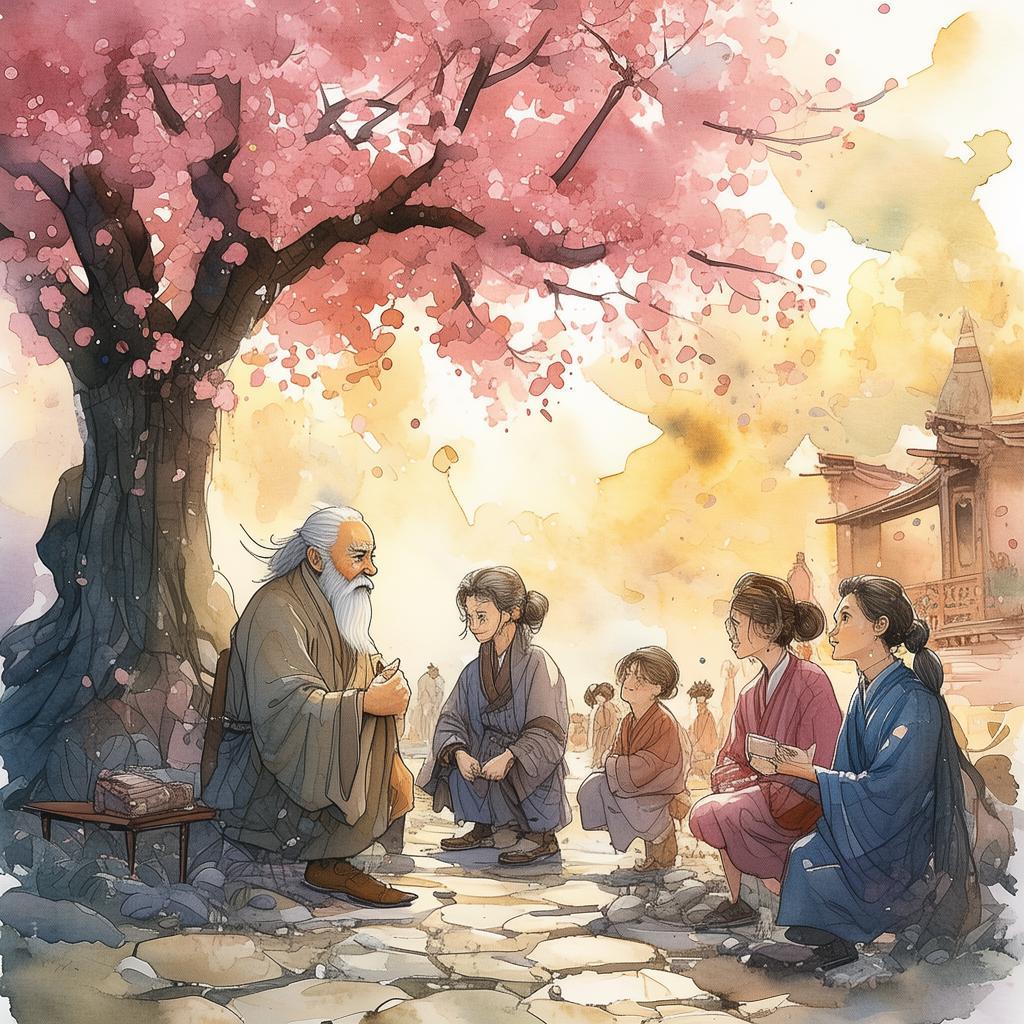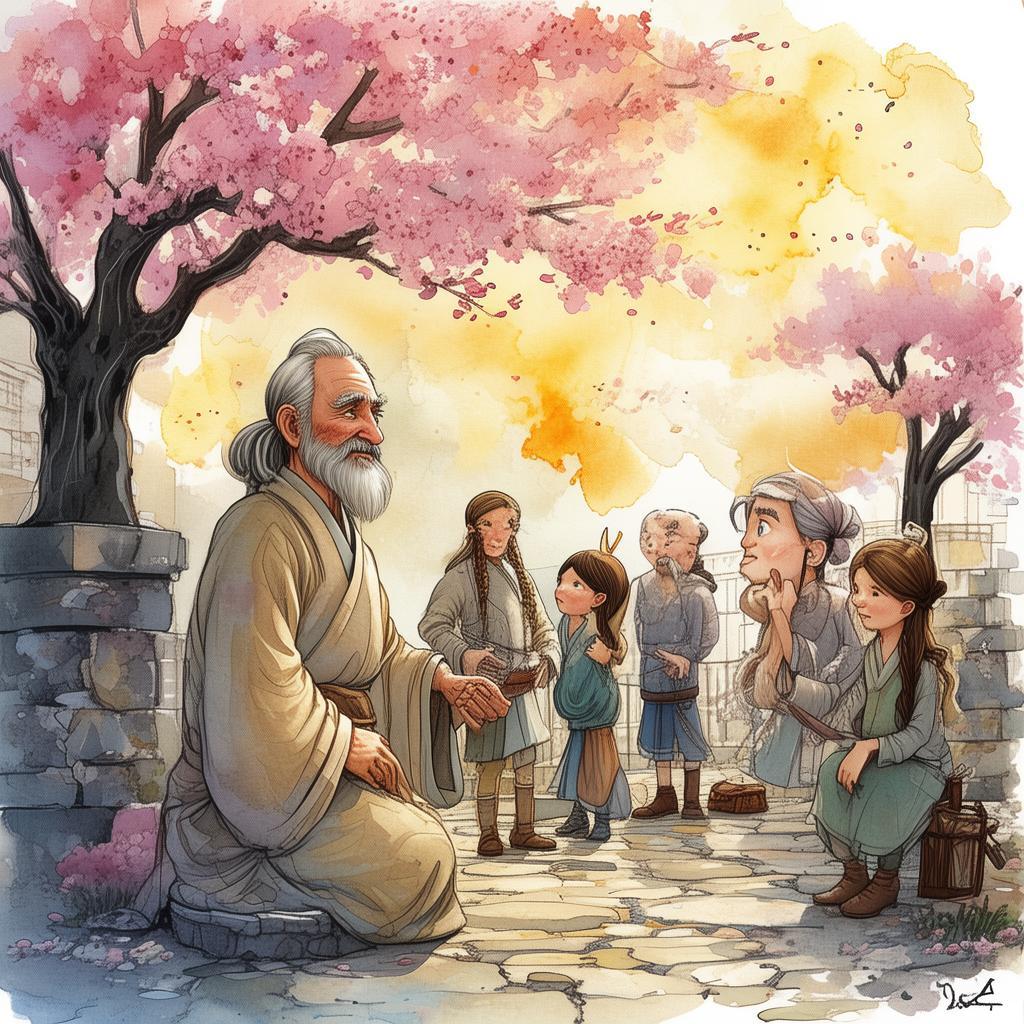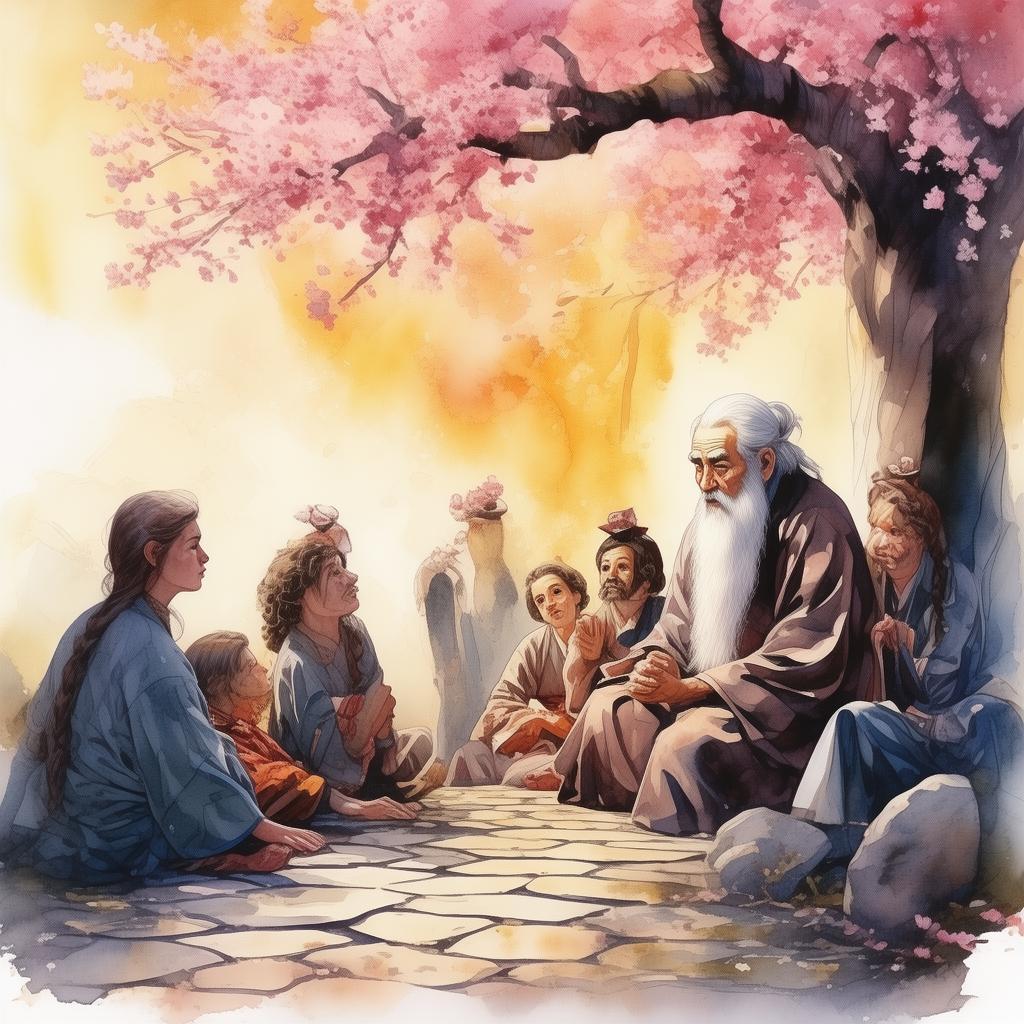Interweaving Futures: The Tale of the Digital Tapestry
In the bustling metropolis of Neo-Shanghai, where the skyline was a testament to the fusion of ancient wisdom and futuristic innovation, there lived a young man named Lin Feng. Lin was not just an ordinary individual; he was a prodigy in the field of artificial intelligence. His latest project, the Digital Tapestry, was a groundbreaking application that allowed users to weave together threads of the past and future, creating a tapestry that could visualize the convergence of ancient proverbs with modern technology.
The Digital Tapestry was Lin's magnum opus, a project he had poured his heart and soul into. It was said that the tapestry could reveal hidden truths, guide people to make better decisions, and even predict the future. It was a blend of history, technology, and the human quest for knowledge.
One rainy evening, as Lin was working late in his lab, he noticed a peculiar pattern on the tapestry. It was unlike any thread he had seen before—a shimmering, iridescent thread that seemed to pulse with an otherworldly energy. Intrigued, he reached out and touched it, and to his astonishment, the thread pulled him into a swirling vortex of light.
When Lin opened his eyes, he found himself in a bustling market, the air filled with the scent of exotic spices and the sound of bartering. He was in ancient China, the Tang Dynasty, to be precise. He was surrounded by people from a bygone era, their clothing and customs a stark contrast to his own.
Lin realized that he had been transported by the Digital Tapestry to the past. As he wandered through the market, he observed the people and their interactions. He saw a young scholar writing on a scroll, his eyes reflecting a deep understanding of the ancient proverbs. The scholar, upon seeing Lin, approached him with curiosity.
"Stranger, why do you look so out of place?" the scholar asked, his voice tinged with a hint of condescension.
Lin, realizing that he couldn't exactly explain his presence, decided to play along. "I am but a traveler from far and wide, seeking the wisdom of your times."
The scholar's eyes widened with interest. "Then you must hear the proverb, 'The wise man does not learn from the mistakes of others, but from his own.' It is a lesson we all strive to live by."
Lin nodded, though he already knew the proverb well. As he continued to explore the ancient city, he encountered various people, each sharing a proverb that they believed was essential for living a fulfilling life.
The Digital Tapestry seemed to be guiding Lin's journey, as if the ancient proverbs were a map to his own future. Each encounter with a proverb was a puzzle piece that fit into a larger picture.
One day, Lin met an old woman who sold tea. She told him, "The wise man does not seek happiness in others, but in himself." This proverb struck a chord with Lin, who had been searching for his own happiness in the achievements of others.
As Lin pondered the meaning of the proverb, he felt a sudden urge to return to his own time. The Digital Tapestry, sensing his readiness, began to shimmer once more, and Lin found himself pulled back through the vortex of light.
When he opened his eyes, he was back in his lab. The Digital Tapestry was still there, waiting for him. Lin sat down, took a deep breath, and began to weave the threads of his own life, incorporating the ancient proverbs he had learned.
The next day, Lin presented his latest work to a group of potential investors. "The Digital Tapestry is not just a visual tool," he explained. "It is a guide, a reminder that the wisdom of the past can illuminate the path to the future."

The investors were impressed, and Lin's Digital Tapestry quickly gained popularity. People from all walks of life used the tapestry to find clarity in their lives, to learn from the mistakes of the past, and to make better decisions for the future.
Lin realized that the journey he had taken through the Digital Tapestry had not just been a trip through time; it had been a journey of self-discovery. He had learned that the ancient proverbs were not just words, but timeless truths that could guide anyone through the complexities of life.
In the end, Lin's Digital Tapestry became a symbol of the convergence of the past and the future, a testament to the power of ancient wisdom in a modern world. And Lin, the young tech prodigy, had learned the most valuable lesson of all: "The wise man does not learn from the mistakes of others, but from his own."
✨ Original Statement ✨
All articles published on this website (including but not limited to text, images, videos, and other content) are original or authorized for reposting and are protected by relevant laws. Without the explicit written permission of this website, no individual or organization may copy, modify, repost, or use the content for commercial purposes.
If you need to quote or cooperate, please contact this site for authorization. We reserve the right to pursue legal responsibility for any unauthorized use.
Hereby declared.
